Explore the legacy of the Begums of Bhopal
BHOPAL (India) — The guide points to a tiny domed structure with arched latticed windows perched on top of a ruined stone turret in the distance. It is, the guide says, “the world’s smallest mosque”.
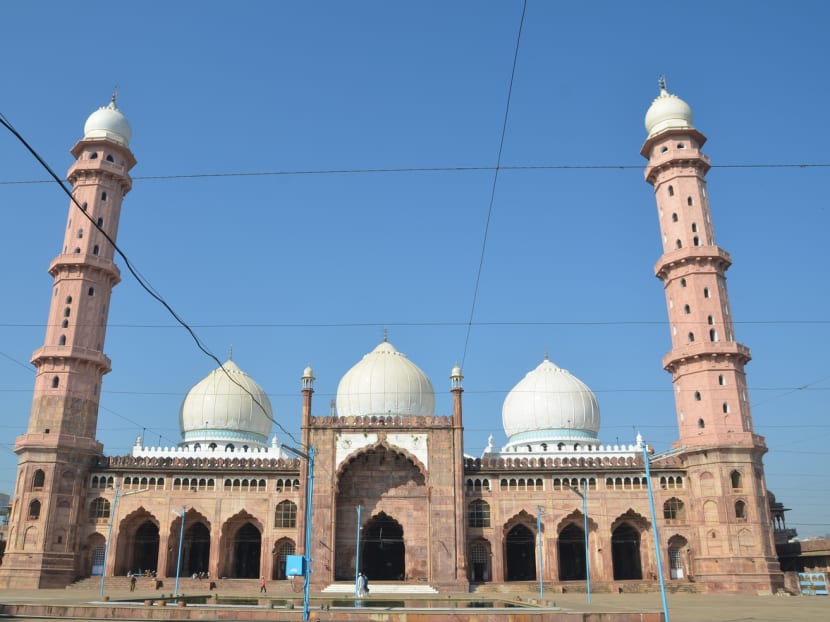
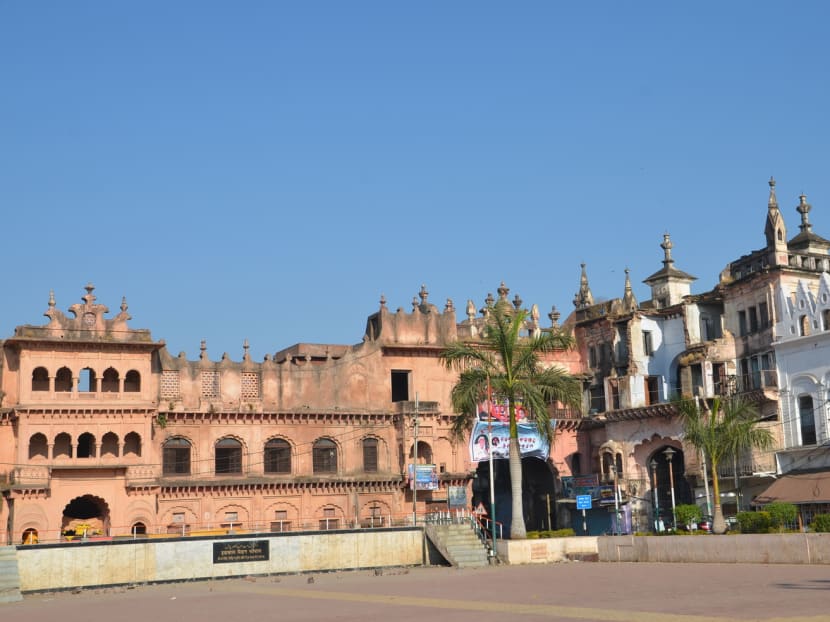
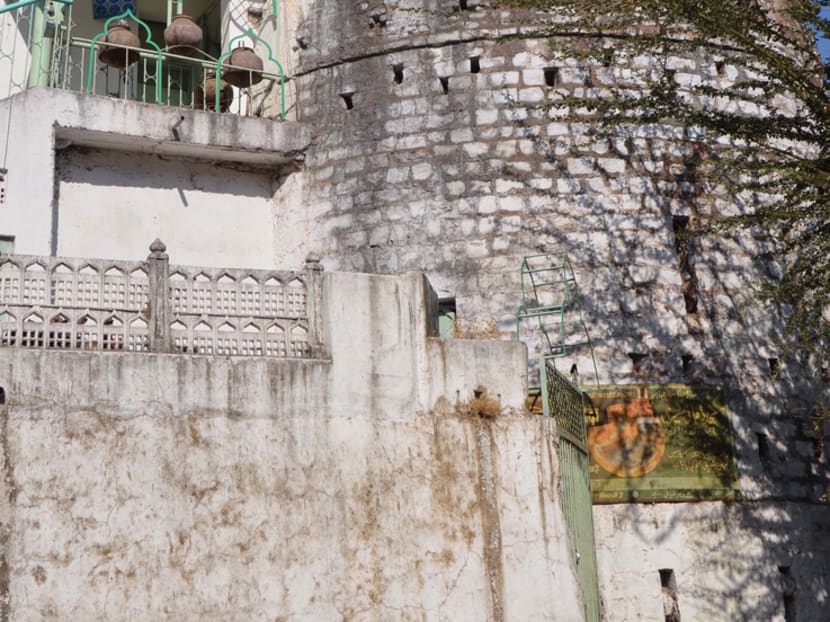
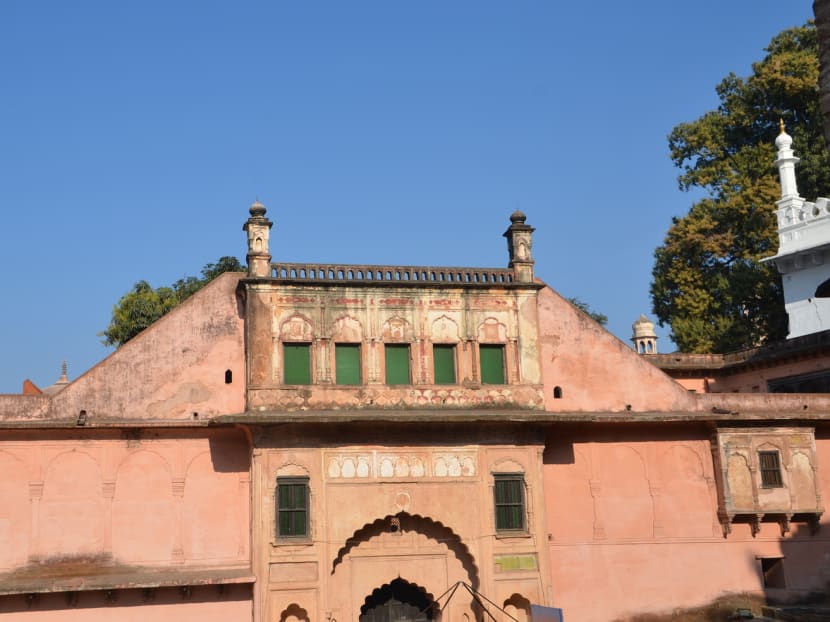
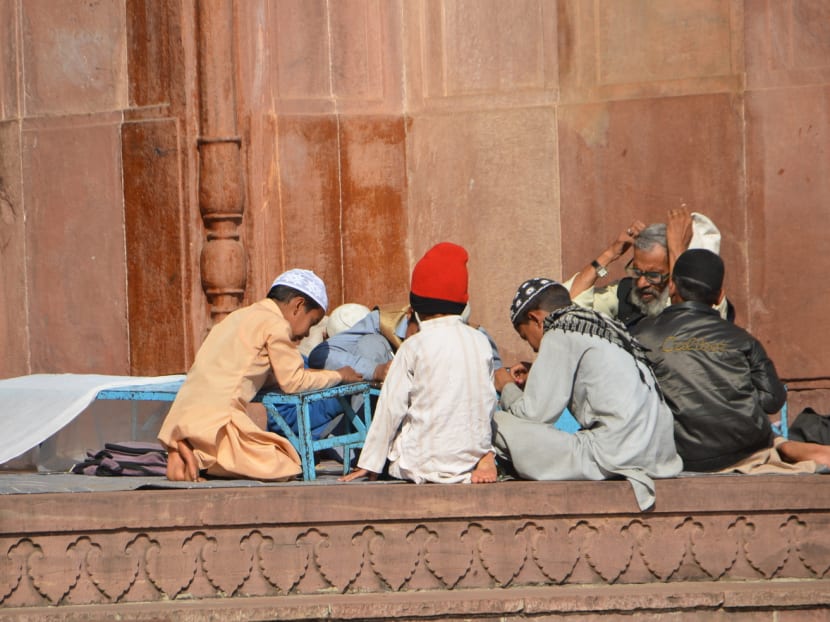
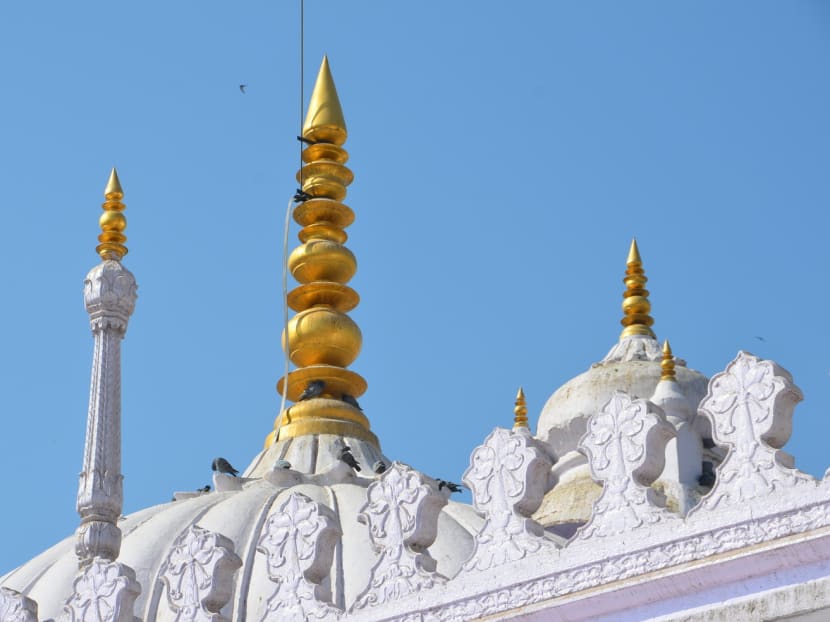
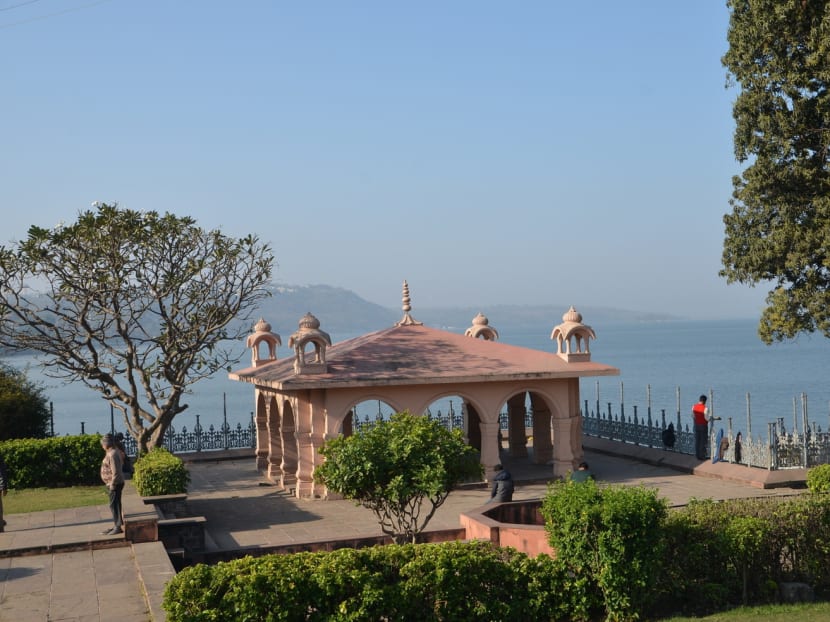
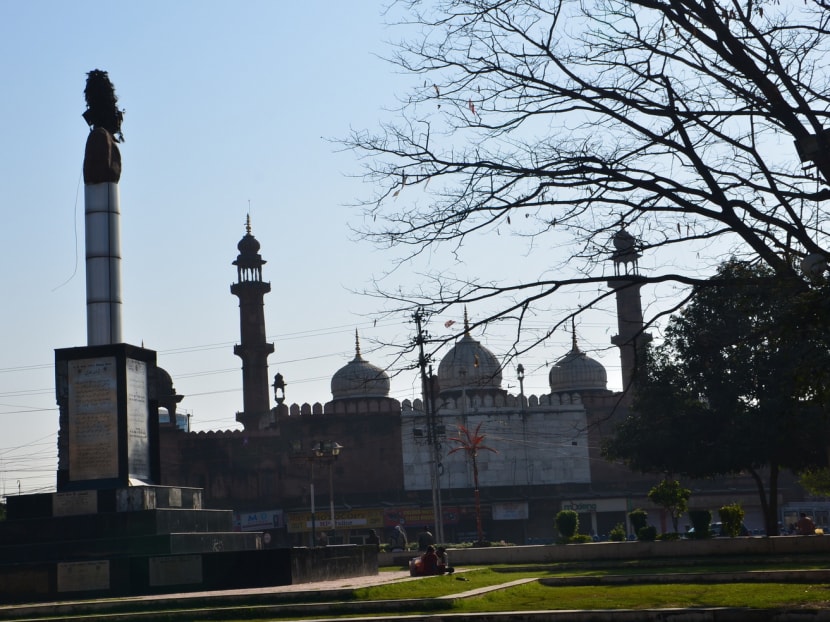
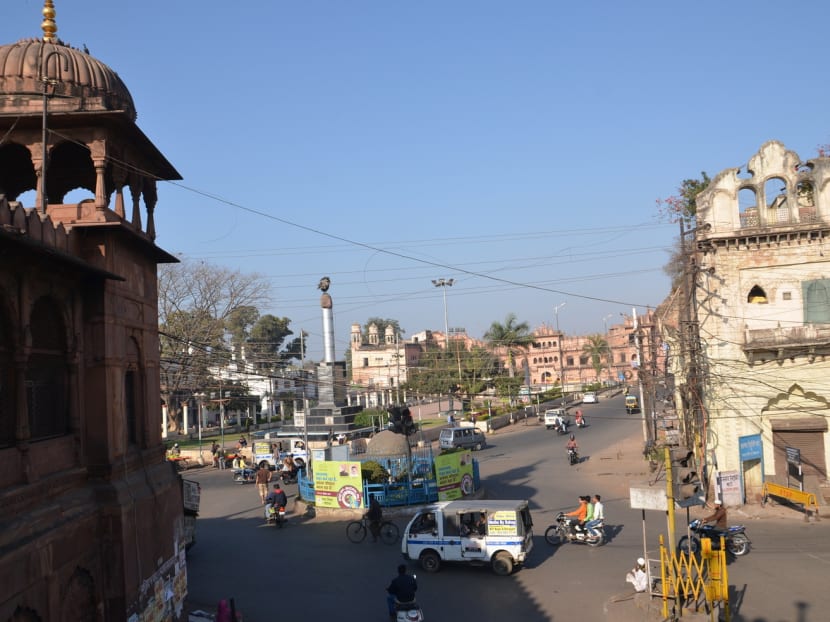
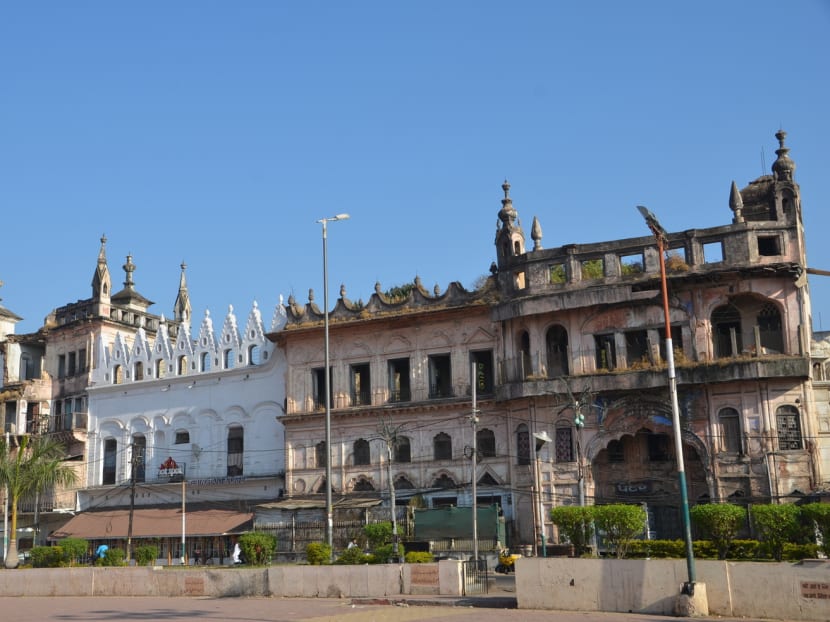
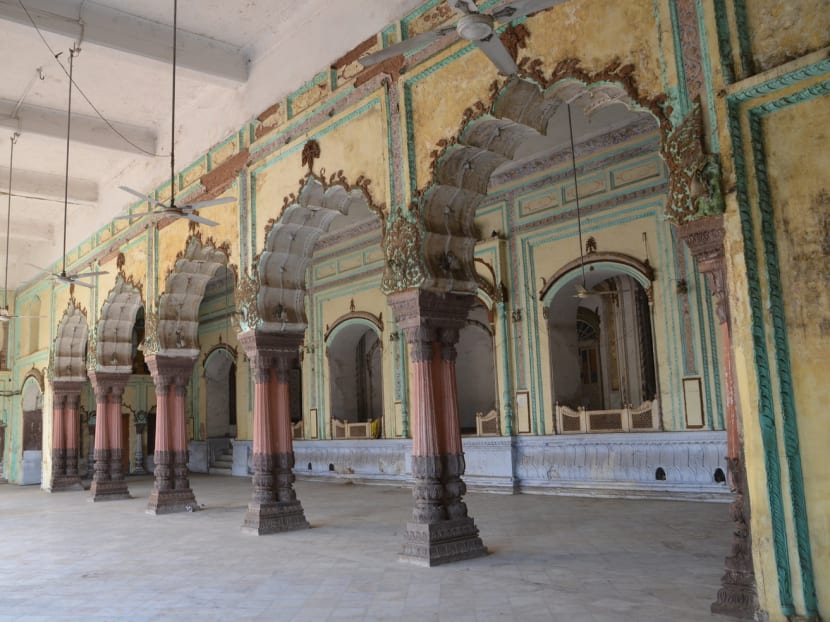
BHOPAL (India) — The guide points to a tiny domed structure with arched latticed windows perched on top of a ruined stone turret in the distance. It is, the guide says, “the world’s smallest mosque”.
Bhopal, in central India, is the capital of Madhya Pradesh state and boasts numerous mosques, including the nation’s largest.
In the early 18th century, the city was captured by a powerful Muslim dynasty steered by an Afghan general, Dost Mohammed Khan.
He built the city’s first fortifications along with the little mosque, which was meant for the soldiers to pray during duty hours.
Most of the old fortress has been replaced by a modern hospital but the mosque remains as a symbol of Islam’s entry to the region.
According to my guide Ali, during their 200-year-rule, the Khan dynasty turned Bhopal into one of the most beautiful cities in India, making the Mughal emperors in neighbouring Delhi envious. The women rulers — who were known as the Begums of Bhopal during their reign from 1817 to 1926 — not only created a landscape with palaces, noble houses, mosques, market places and eye-catching monuments but also gave the city its waterworks, railways, postal system and a municipality.
Their legacies inspire a tourism cliche for Bhopal, which can be as alluring as some other well-known historic destinations in India like Jaipur or Lucknow.
Travellers from other parts of India and overseas come here for a taste of the bygone regal heritage and to see the architectural marvels the begums created.
The streets and alleyways around the city are filled with people. The old quarter exudes a medieval Islamic character with ancient turrets and buildings set against an ensemble of ruined monuments.
The bustling enigmatic ambiance takes me to another era. For a moment I forget the scooters, pushcarts and three-wheelers surrounding me, and ignore calls of touts and the loud chatter of people on their latest mobile phones.
I sit on a dilapidated bench and while staring at the turrets and balconies of the noble quarters, I imagine myself in the crowd waving and cheering at an ornamented horse-drawn carriage emerging from a former palace with a begum sitting inside. A loud call to prayer from a nearby mosque brings me back to reality after a fantasy journey into the past.
Mosques are among the highlights of Bhopal and there are thought to be more than 400. The jewel among them is the Taj-ul-Masjid, the largest Islamic place of worship in India. Its pink walls, three white domes and two minarets soaring from a sprawling courtyard inspire awe.
Non-Muslims are allowed to explore the shrine and even visit the main prayer hall which appears austere, as per Islamic traditions.
Two other mosques popular with visitors are the Jama Masjid renowned for its gold-sheathed domes and Moti Masjid, which architecturally resembles Delhi’s famous Jama Masjid.
Also situated in the old quarter are the former royal residences, in the hub called the Chowk.
The royal quarters display a flair and grandness emerging from a mixture of styles. The first begum palace, Gohar Mahal, is a fusion of Mughal and Rajasthani styles.
It still stands by the lake, and behind it is the Shaukat Mahal which was designed by a French architect and his a mix of Islamic design with post-renaissance and gothic expressions. A gateway joins Shaukat Mahal with Moti Mahal, another architectural marvel of the time. Unfortunately, they are dilapidated and require urgent restoration.
Begum heritage is not the only drawcard in Bhopal.
There are plenty of other things to do and see in the city which blends old and new. Take a cruise on the lake during sunset and dine on the Bhopal Express, which is a train compartment converted into a restaurant.
There is also the beautiful Laxmiarayan Temple, Van Vihar National Park (a 445-hectare wildlife park) and a host of classy museums to soak up a visitor’s time.
If that is not enough, then within a 50km radius are the World Heritage-listed Sanchi Stupa — a place of Buddhist pilgrimage — and Bhimbetka Caves that have the largest collection of prehistoric art in India.
Getting there: Fly Singapore Airlines (www.singaporeair.com) to Delhi from where Bhopal, 780 km away, is well connected by rail, road and air.
Accommodation: Jehan Numa Palace Hotel (www.jehannuma.com), a former royal residence, offers some flavours of the bygone era.
More information: Madhya Pradesh Tourism (www.mptourism.com).





